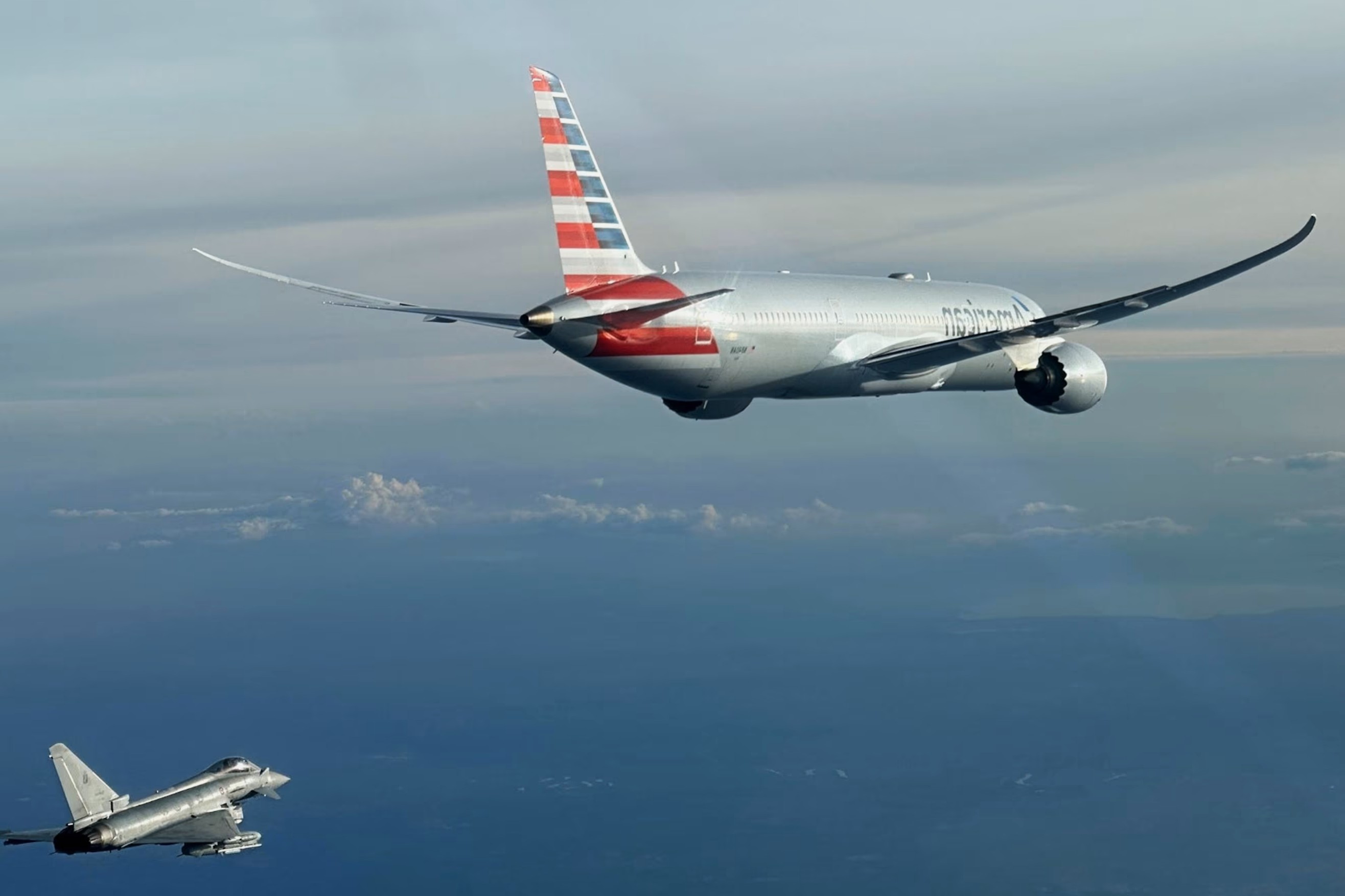
Why did American Airlines Flight 718 divert to Denver?
On a seemingly routine journey, American Airlines Flight 718 made an unexpected detour, raising eyebrows and sparking curiosity. The flight diverted to Denver due to a mechanical issue that required immediate attention. This decision, though inconvenient for passengers, prioritized safety above all else. Diversions like this are not uncommon in aviation, but they always come with a mix of frustration and relief. Passengers were likely left wondering about the specifics of the problem and the protocols followed in such situations. Understanding these diversions can shed light on the complexities and safety measures inherent in air travel.
The Unexpected Turn of Events
American Airlines Flight 138 was supposed to be a routine journey from Miami to London. However, things took an unexpected turn, leading to a diversion that made headlines. Here are some intriguing facts about this incident.
-
The flight was initially scheduled to depart Miami International Airport at 8:05 PM local time.
-
The aircraft used for this flight was a Boeing 777-300ER, known for its long-range capabilities and advanced technology.
-
Approximately 300 passengers were on board, each with their own stories and destinations.
-
The flight crew consisted of 12 members, including pilots and cabin crew, all trained for various in-flight scenarios.
Mid-Air Challenges
Mid-flight, the situation began to change, leading to the decision to divert. These mid-air challenges are crucial to understanding the diversion.
-
The aircraft encountered severe turbulence, causing discomfort and concern among passengers.
-
A medical emergency arose when a passenger experienced chest pains, prompting immediate attention from the crew.
-
The flight crew received a weather update indicating worsening conditions along the planned route.
-
Communication issues with air traffic control added to the complexity of the situation.
Decision to Divert
The decision to divert a flight is never taken lightly. Here’s what led to this critical choice.
-
The captain assessed the situation and decided that continuing to London posed too many risks.
-
The nearest suitable airport for an emergency landing was Logan International Airport in Boston.
-
Air traffic control in Boston was notified, and preparations for an emergency landing began.
-
The flight crew informed passengers about the diversion, ensuring everyone remained calm and informed.
The Diversion Process
Executing a diversion involves several coordinated steps. Here’s how it unfolded for Flight 138.
-
The aircraft began its descent towards Boston, with the crew preparing for a potential emergency landing.
-
Medical personnel were alerted and ready to assist the passenger in distress upon landing.
-
Ground services at Logan International Airport prepared for the unexpected arrival, including customs and immigration.
-
The flight landed safely in Boston at approximately 11:30 PM local time.
Aftermath and Passenger Experience
After landing, the focus shifted to passenger care and resolving the situation.
-
The passenger with the medical emergency was quickly transported to a nearby hospital for further treatment.
-
Passengers were provided with accommodations and meals while arrangements were made for their onward journey.
-
American Airlines arranged for a replacement aircraft to continue the journey to London the following day.
-
Despite the inconvenience, many passengers praised the crew’s professionalism and the airline’s handling of the situation.
The diversion of American Airlines Flight 138 serves as a reminder of the complexities and challenges of air travel. Each fact highlights the importance of preparedness, communication, and quick decision-making in ensuring passenger safety.
Final Thoughts on the American Airlines Flight Diversion
The American Airlines flight diversion incident is a fascinating example of how unexpected events can unfold in the skies. From the moment the flight took off, passengers and crew faced a series of challenges that tested their resilience and adaptability. The decision to divert the flight was not taken lightly, highlighting the importance of safety and quick thinking in aviation.
This incident also underscores the role of communication and coordination between the flight crew, air traffic control, and ground services. Despite the inconvenience, the passengers' safety remained the top priority, showcasing the airline's commitment to its customers.
In the end, everyone arrived safely, albeit with a story to tell. This event serves as a reminder of the complexities of air travel and the importance of being prepared for the unexpected.
Was this page helpful?
Our commitment to delivering trustworthy and engaging content is at the heart of what we do. Each fact on our site is contributed by real users like you, bringing a wealth of diverse insights and information. To ensure the highest standards of accuracy and reliability, our dedicated editors meticulously review each submission. This process guarantees that the facts we share are not only fascinating but also credible. Trust in our commitment to quality and authenticity as you explore and learn with us.
